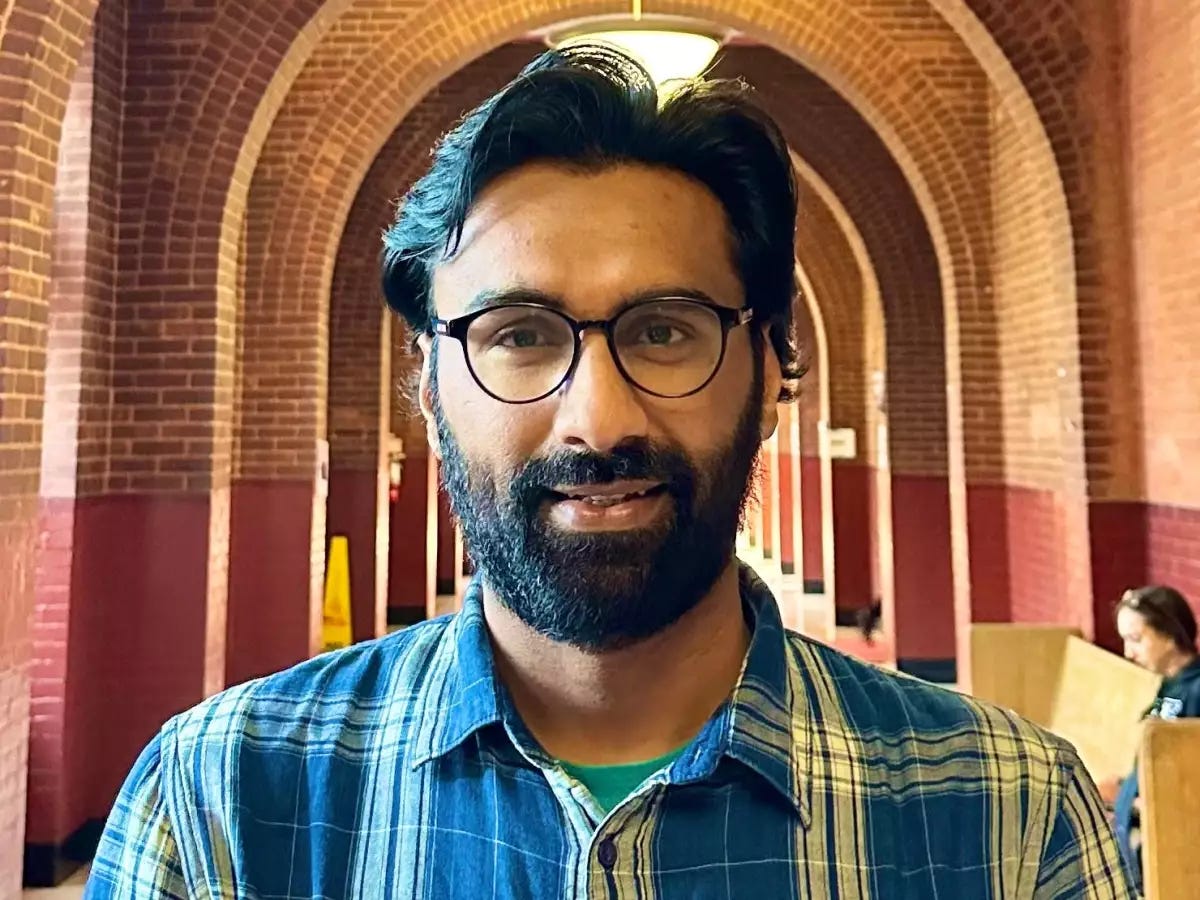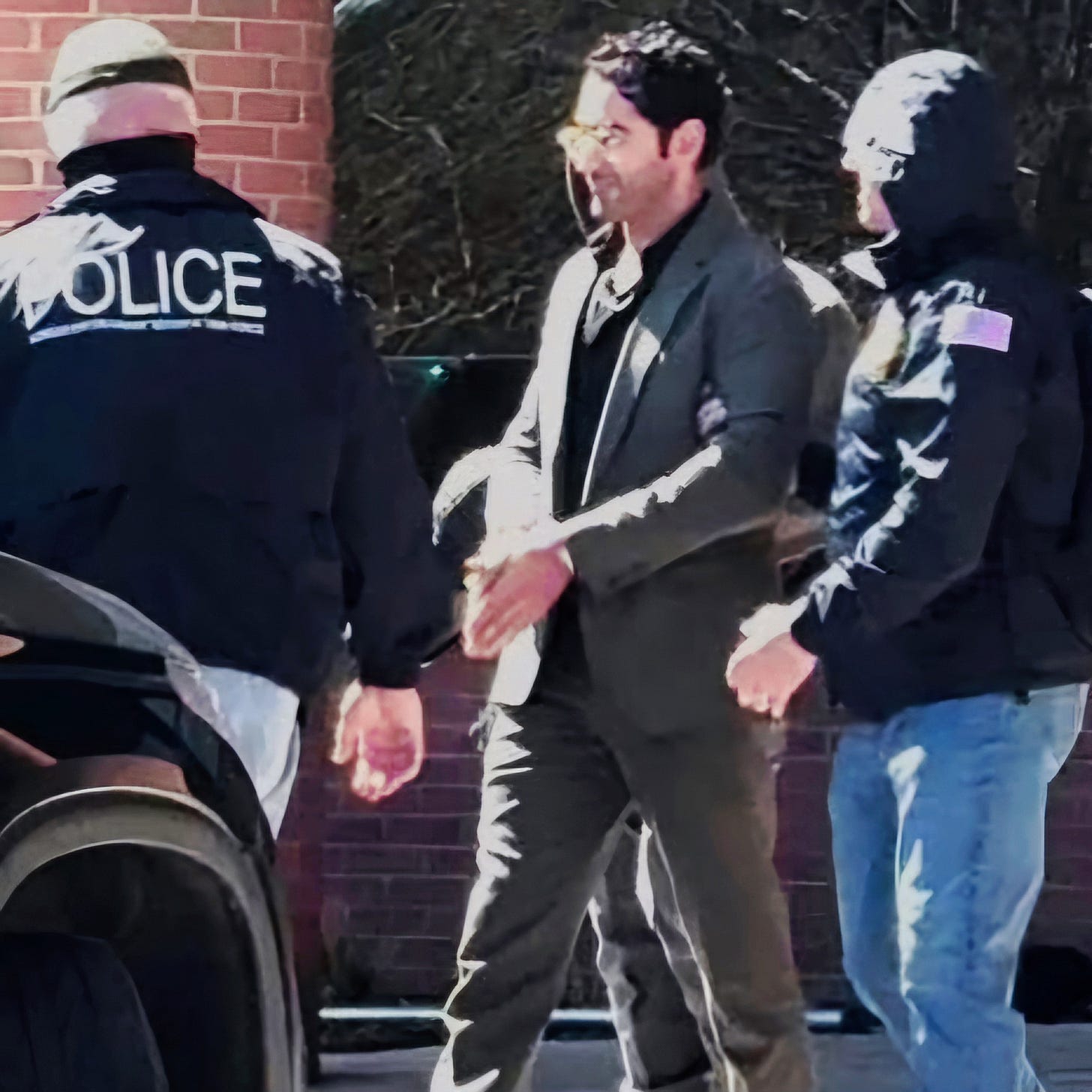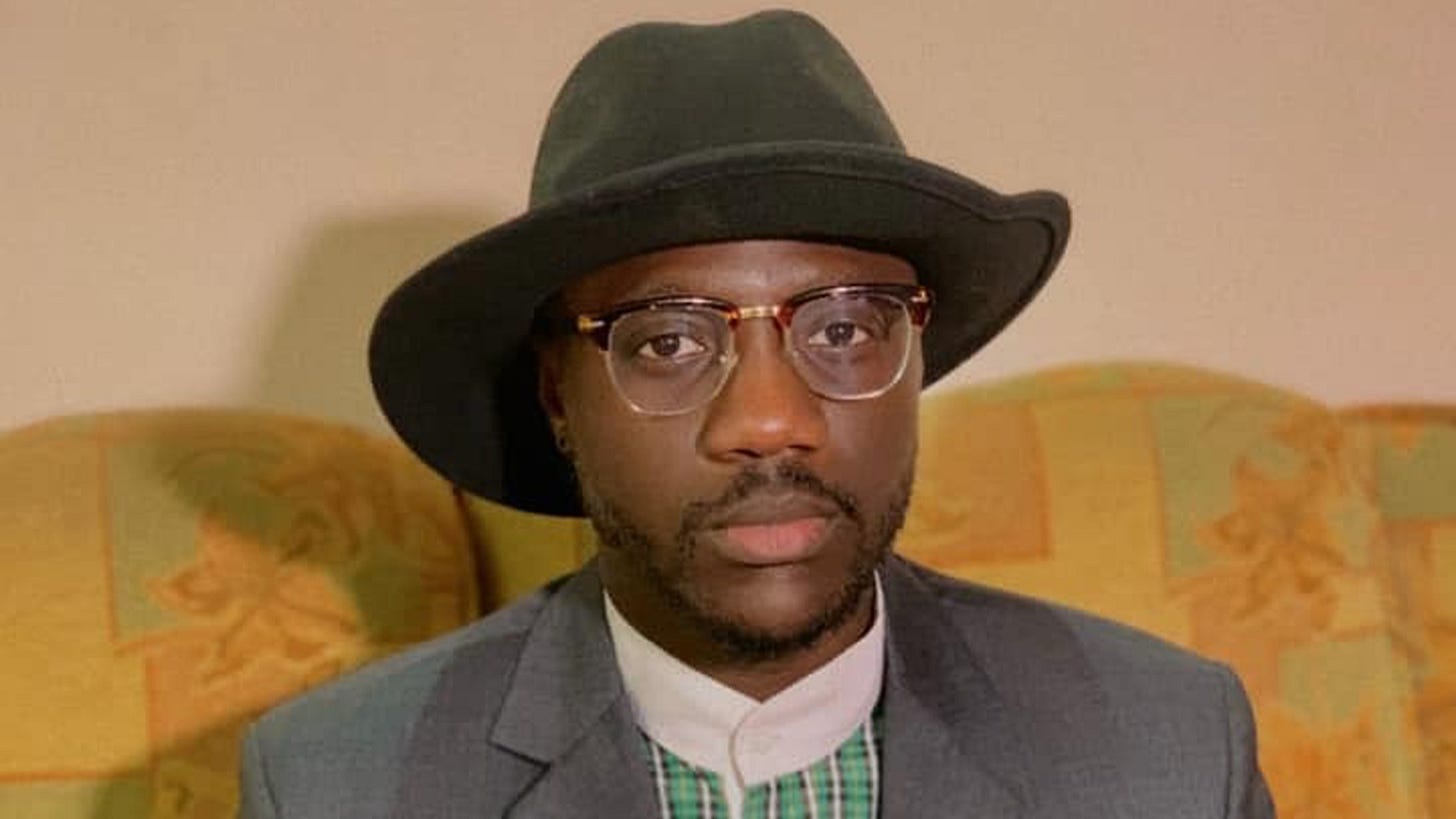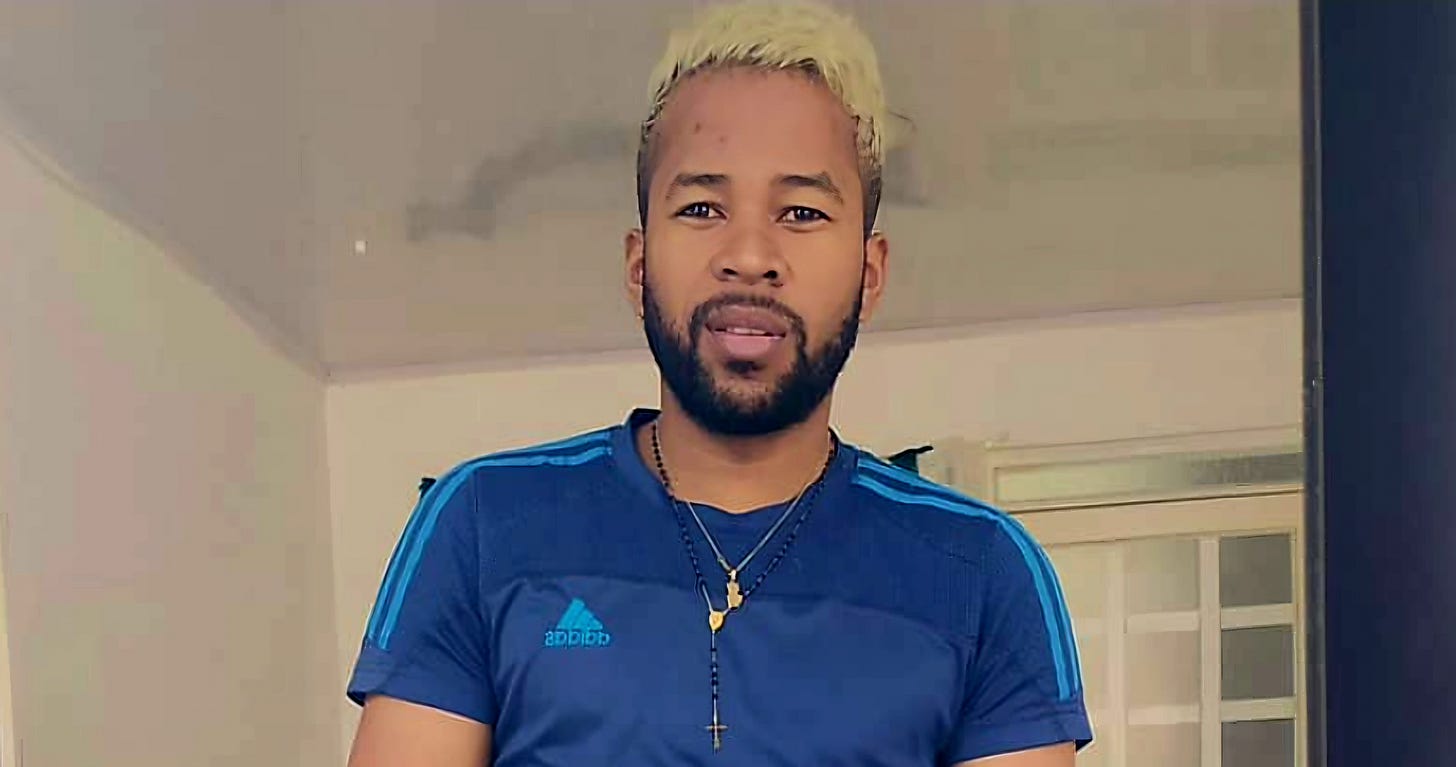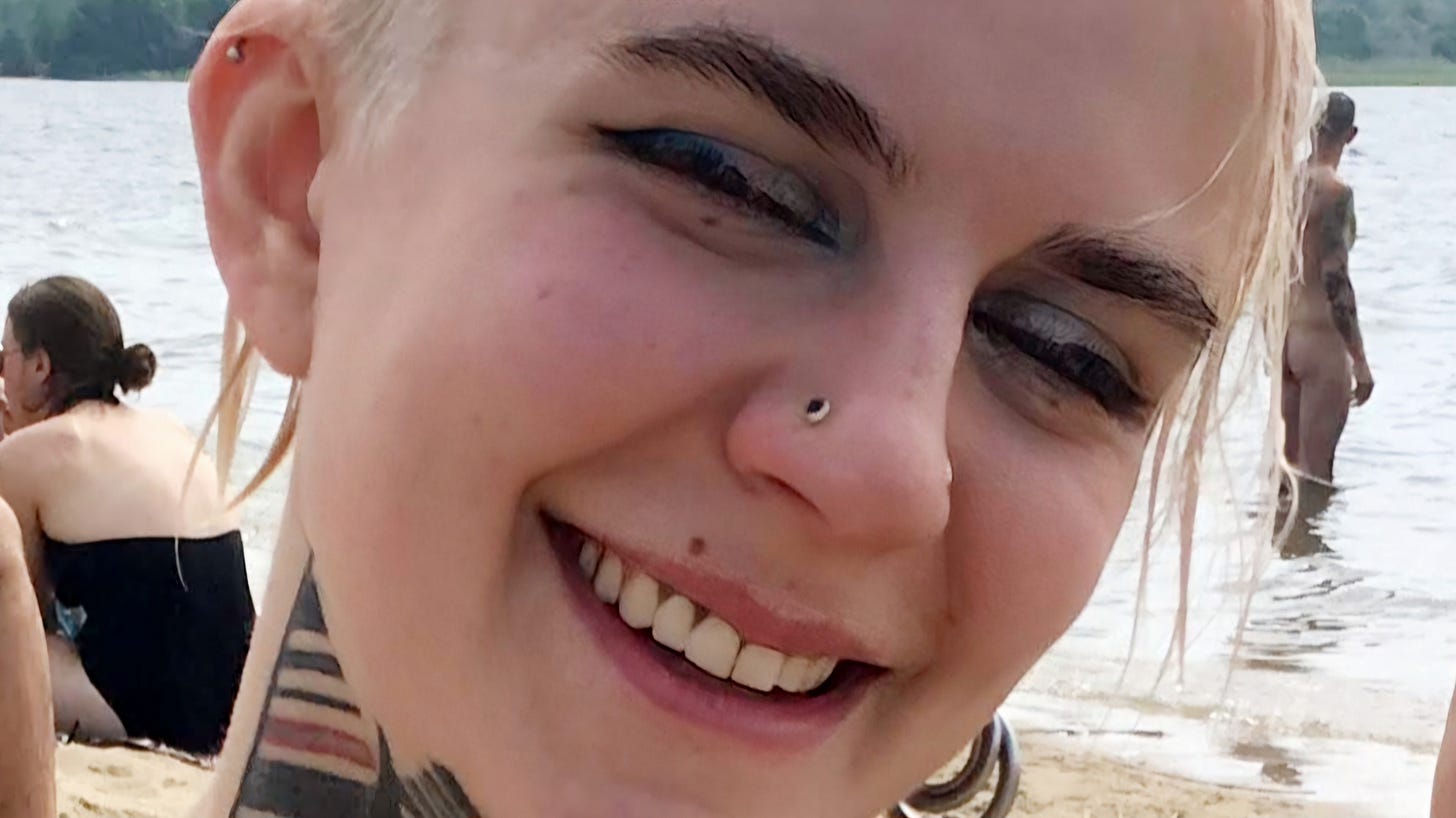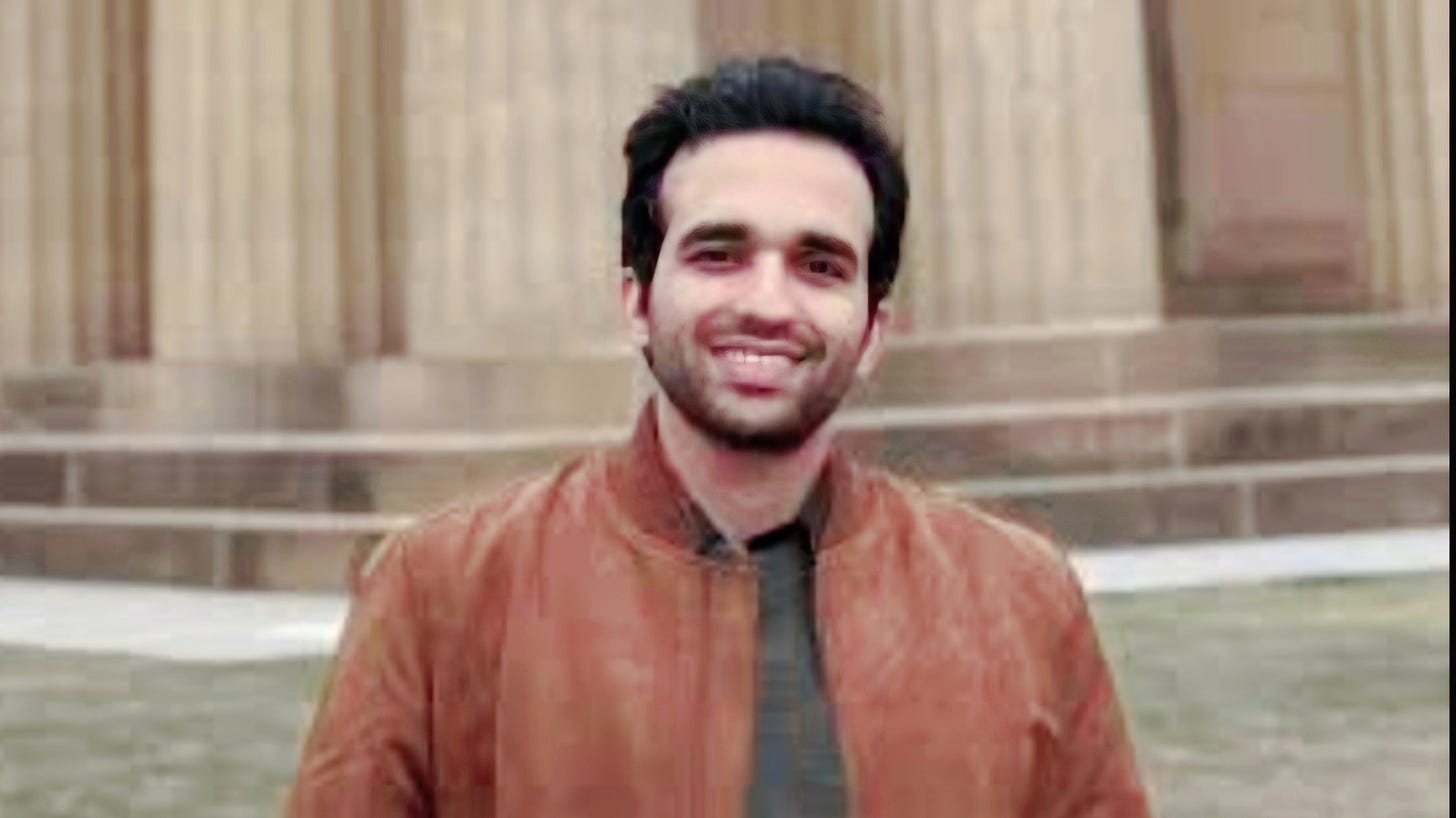THE ARCHITECTS OF ERASURE
Donald Trump returned to power promising the largest deportation campaign in American history. That wasn’t bluster. It was policy.
He brought Kristi Noem into the cabinet as Secretary of Homeland Security. She now runs ICE and CBP like a militarized cult — all flags, no laws. Tom Homan was appointed Border Czar. His job is to remove obstacles between agency muscle and human lives. And then there’s Stephen Miller — the mouth of the beast — who revived the Alien Enemies Act, a dusty 1798 wartime law, and used it to authorize mass deportations without hearings, lawyers, or even accusations of wrongdoing.
This isn’t about law enforcement. It’s ideological warfare. The goal isn’t order. It’s obedience.
THE NEW ERA OF DISAPPEARANCE
Most people know the name Kilmar Ábrego García now — and for good reason.
He was deported illegally. A federal judge ordered him back. The Supreme Court upheld that order. The Trump administration ignored them both. Now Kilmar, a sheet metal apprentice from Maryland, sits behind bars in a Salvadoran mega-prison designed for actual gang leaders, while the President of the United States shrugs off judicial authority like lint from his lapel.
His case has become a symbol — a spotlight. His name, a rallying cry for anyone who still believes in due process.
Meanwhile, there are several other lesser known names — students, scientists, asylum seekers, labor organizers — who were quietly disappeared by the same machinery.
SCHOLARS AND STUDENTS SILENCED
Rümeysa Öztürk
Rümeysa Öztürk was a Fulbright scholar at Tufts University. ICE agents in masks and hoodies grabbed her off the street, shoved her into an unmarked car, and vanished her into a Louisiana detention center. Her crime? Writing an op-ed critical of Israel’s actions in Gaza.
Artemis Ghasemzadeh
Artemis Ghasemzadeh, an Iranian Christian convert, was deported to Panama — a third country she had never set foot in — and scrawled “Help Us” on a hotel window in lipstick to alert reporters. The State Department called it a “relocation.” It was a dumping.
Badar Khan Suri
Badar Khan Suri, a Georgetown researcher, was deported after DHS cited his father-in-law’s alleged ties to Hamas from over a decade ago. His real offense? Expressing solidarity with Palestine online. Now he’s banned from reentry and blacklisted from U.S. academia.
Yunseo Chung
Yunseo Chung, a permanent resident and Columbia student, went into hiding after the government tried to strip her green card. Her offense? Attending a peaceful protest. DHS said she posed a “public order threat.”
Ranjani Srinivasan
Ranjani Srinivasan, a Fulbright scholar from India, self-deported after ICE threatened her with detention for participating in a Gaza solidarity rally. No charges. No trial. Just a warning: leave or be taken.
Kseniia Petrova
Kseniia Petrova, a Russian scientist at Harvard, was deported over a technicality involving frog embryo samples. When she said she feared political persecution in Russia, they shrugged and shackled her anyway.
Mohsen Mahdawi
Mohsen Mahdawi was arrested outside his naturalization interview in Vermont. He was on track to become a U.S. citizen. ICE decided otherwise.
ORGANIZERS AND PROTESTERS PUNISHED
Momodou Taal
Momodou Taal, a British-Gambian PhD student at Cornell, was told to surrender himself or be hunted. His activism cost him his place in the country. He left voluntarily. That’s what exile looks like now.
Felipe Zapata Velásquez
Felipe Zapata Velásquez, a University of Florida student, was arrested for a traffic offense and deported to Colombia. ICE called it routine. His family called it trauma.
MISIDENTIFIED. MISFILED. MISJUDGED.
Jerce Reyes Barrios
Jerce Reyes Barrios, a Venezuelan footballer, was deported because ICE misread his Real Madrid tattoo as gang ink. They sent him to a Salvadoran prison. No charges. No gang ties. Just ink.
Francisco García Casique
Francisco García Casique, a barber from Venezuela, was seen in a propaganda video — chained and frog-marched into El Salvador’s mega-prison system. That’s how his family found out where he was.
Andry Hernández Romero
Andry Hernández Romero, a Venezuelan asylum seeker, was deported for having religious tattoos that DHS claimed were gang-related. He came here to escape persecution. We handed him over to it.
Jessica Brösche
Jessica Brösche, a German tourist, spent eight days in solitary confinement for a visa mix-up. She described her experience as a “horror film.” This is what awaits people who land on the wrong day, at the wrong airport, with the wrong stamp.
Alireza Doroudi
Alireza Doroudi, an Iranian PhD student at the University of Alabama, was picked up by ICE without charge. No one will say why. He’s still gone.
THIS ISN’T JUST ABOUT IMMIGRATION
This is about the death of due process.
This is about a government that views dissent as danger, and tattoos as terrorism. A government that decides — in sealed rooms and silent flights — who belongs and who disappears. This isn’t policy. It’s purging. Not justice. Just force.
You don’t have to be undocumented anymore. You don’t even have to break the law. All you have to do is speak, look, or pray in a way that makes the White House uncomfortable.
And if they can disappear them, they can disappear you.
SAY THEIR NAMES. REMEMBER THEM.
Rümeysa Öztürk. Artemis Ghasemzadeh. Badar Khan Suri. Yunseo Chung. Ranjani Srinivasan. Kseniia Petrova. Mohsen Mahdawi. Momodou Taal. Felipe Zapata Velásquez. Jerce Reyes Barrios. Francisco García Casique. Andry Hernández Romero. Jessica Brösche. Alireza Doroudi.
These are the names they are trying to vanish.
We won’t let them.
Not today. Not ever.
This post has been syndicated from Closer to the Edge, where it was published under this address.



